South Africa Part 2 History And Final Thoughts
No trip to South Africa can avoid the harsh realities of its troubled racial history. You are confronted with echoes of Apartheid all over the country. Coincidentally back home, there were Nazis marching in Charlottesville and one domestic terrorist drove a vehicle into protesters, killing a woman. Knowing the US racial history and the undercurrents of systemic racism still present in our society and the latent racism emboldened by our white supremacist embarrassment-in-chief, Trump, I couldn’t help but wonder about similar latent racism and hostilities in South Africa. It also gave me pause about the moral implications of our kids learning and speaking the language (Afrikaans) of the historical colonial oppressors. We ended up just speaking English, which is the most widely spoken language.
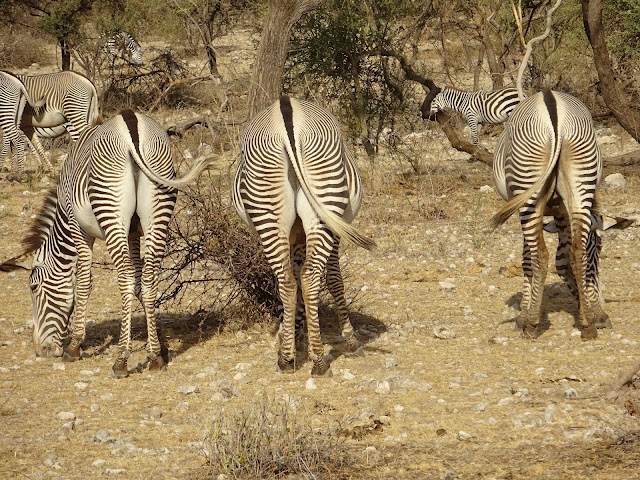
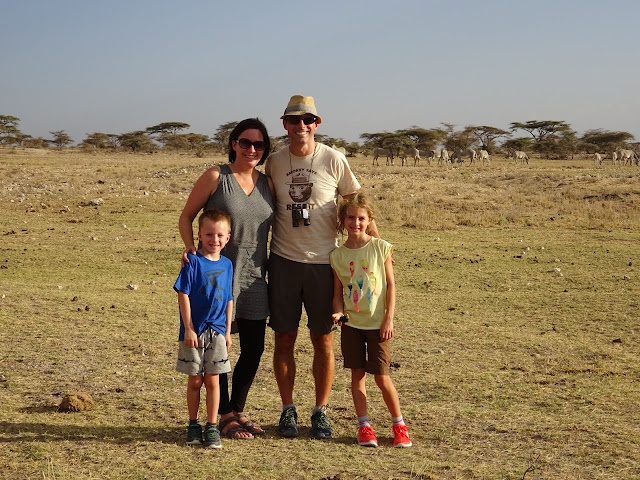 Many, many months – maybe more like years ago – we started dreaming about our travels and going on a safari was always one of our top priorities. We hemmed and hawed over where and when to go. Then one day Jason said he absolutely wanted to see the wildebeest migration. The what??? I had no idea what he was talking about. But he quickly convinced me that seeing thousands of wildebeest cross the Masai Mara during their annual migration was something we needed to see. We were put in touch with a friend of a friend and planned our safari in Kenya for mid August. Seeing the migration became a cornerstone for our travel planning timeline.
Many, many months – maybe more like years ago – we started dreaming about our travels and going on a safari was always one of our top priorities. We hemmed and hawed over where and when to go. Then one day Jason said he absolutely wanted to see the wildebeest migration. The what??? I had no idea what he was talking about. But he quickly convinced me that seeing thousands of wildebeest cross the Masai Mara during their annual migration was something we needed to see. We were put in touch with a friend of a friend and planned our safari in Kenya for mid August. Seeing the migration became a cornerstone for our travel planning timeline.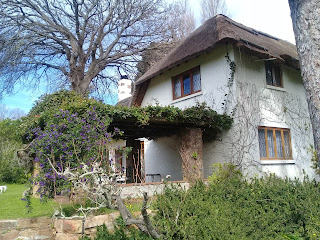 Our month-long stay in South Africa started out slow. Both Kerry and I were sick for the first week or two with various illnesses. We probably needed a bit of rest after our whirlwind Safari trip to Kenya anyhow. The worst part though was when I was sick with the flu. We were staying in wine country in the suburbs of Cape Town where you need a car to get anywhere. But the car was both a right-hand-drive, and a manual transmission - so I was the only one who could drive it. That left everyone else stranded at home. We fortunately had enough food to get by until I was feeling good enough to drive to the store to stock up a couple of days later.
Our month-long stay in South Africa started out slow. Both Kerry and I were sick for the first week or two with various illnesses. We probably needed a bit of rest after our whirlwind Safari trip to Kenya anyhow. The worst part though was when I was sick with the flu. We were staying in wine country in the suburbs of Cape Town where you need a car to get anywhere. But the car was both a right-hand-drive, and a manual transmission - so I was the only one who could drive it. That left everyone else stranded at home. We fortunately had enough food to get by until I was feeling good enough to drive to the store to stock up a couple of days later.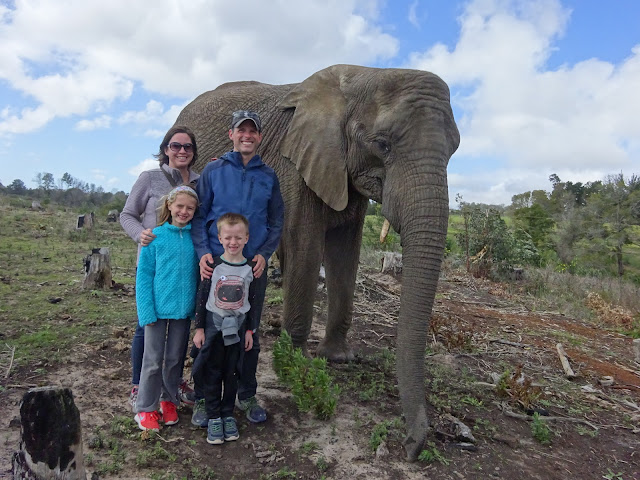 During our month-long visit to South Africa, we spent most of our time in Cape Town. But last week we set out on a 5 day road trip to explore the Garden Route. It’s called the Garden Route because of the ecological diversity along this coastal route. It was stunningly beautiful and we barely scratched the surface. We could have easily spent another week lazily exploring the towns, wineries, animals and trails. But alas, we had narrowed down our interests to make 3 stops that appealed to all of us and to satisfy a top wish for the kids.
During our month-long visit to South Africa, we spent most of our time in Cape Town. But last week we set out on a 5 day road trip to explore the Garden Route. It’s called the Garden Route because of the ecological diversity along this coastal route. It was stunningly beautiful and we barely scratched the surface. We could have easily spent another week lazily exploring the towns, wineries, animals and trails. But alas, we had narrowed down our interests to make 3 stops that appealed to all of us and to satisfy a top wish for the kids.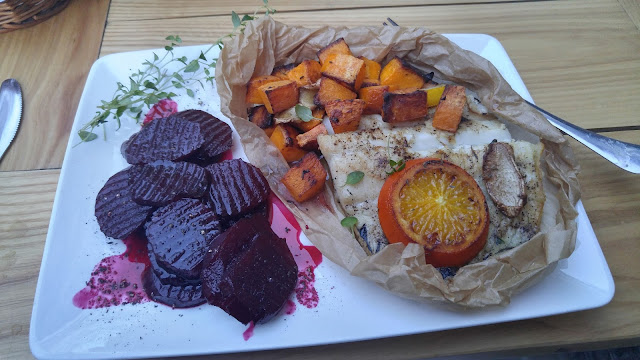 One of the most fun things about traveling is getting to try different types of food. Eating out is obviously expensive, so we are trying to find a good balance between preparing food at home and eating out.
One of the most fun things about traveling is getting to try different types of food. Eating out is obviously expensive, so we are trying to find a good balance between preparing food at home and eating out.
 Finding dwarves (or gnomes as we like to call them) is one of the top tourist activities in Wroclaw. Turns out, it is also a great way to get the kids excited to explore the city and even practice some map reading skills.
Finding dwarves (or gnomes as we like to call them) is one of the top tourist activities in Wroclaw. Turns out, it is also a great way to get the kids excited to explore the city and even practice some map reading skills.